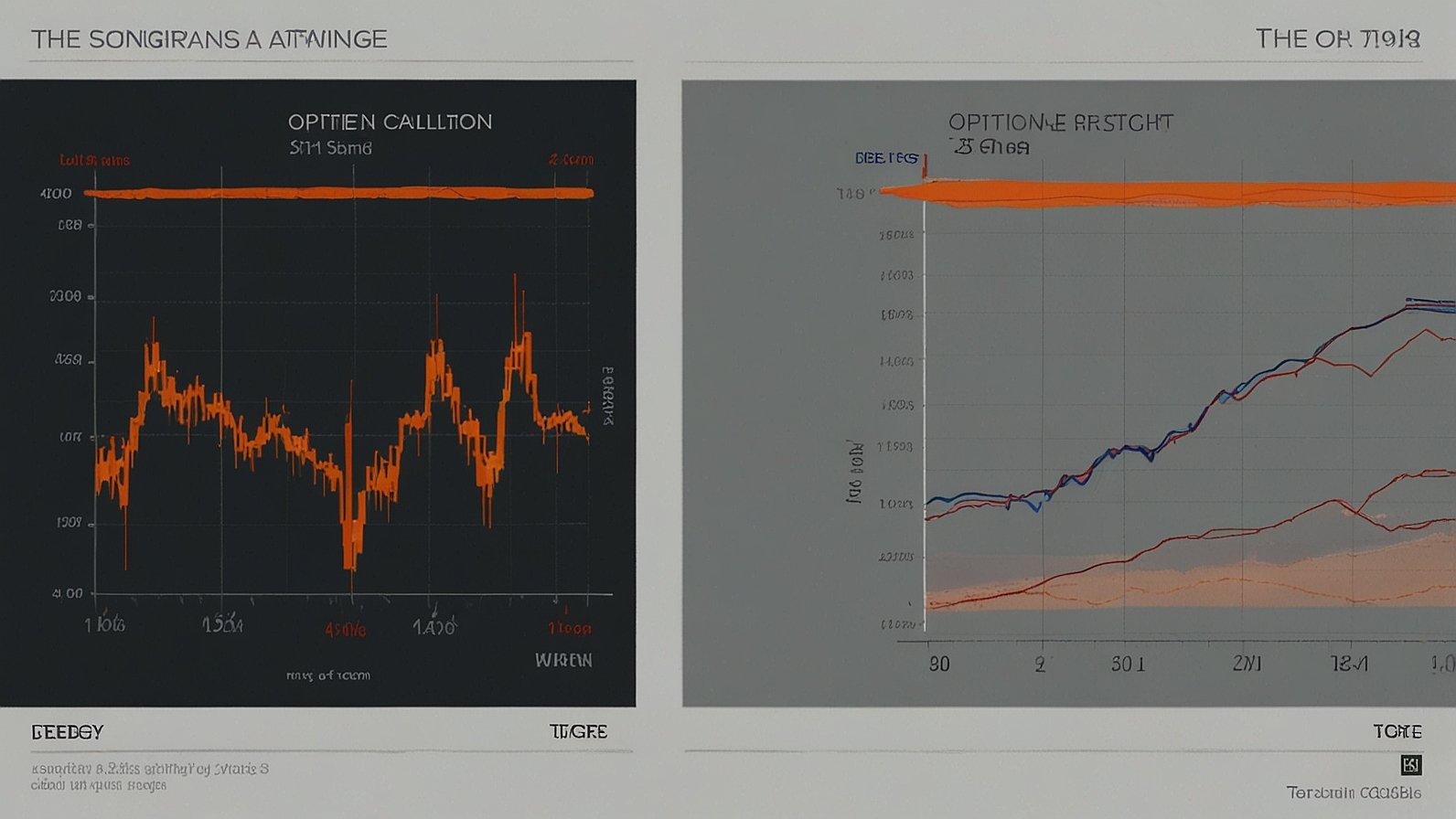Introduction
The Bm/A chord is an essential part of every guitar player’s vocabulary. It is a variant of the B minor chord, offering unique sounds and textures that add depth to your playing. This blog post aims to provide guitar enthusiasts, music learners, and beginner guitarists with a comprehensive guide to mastering the Bm/A chord. By the end of this article, you’ll understand the structure of the Bm/A chord, how to play it, and its importance in various music genres.
This guide will take you through step-by-step instructions on learning the Bm/A chord, practice techniques to improve your skills, and common mistakes to avoid. Whether you’re just starting or looking to enhance your chord knowledge, this article is your go-to resource.
Understanding Bm/A Chord
The Bm/A chord is a variation of the B minor chord, featuring a unique sound by incorporating the A note in the bass. This creates a richer harmony and makes it versatile across different musical styles.
Structure and Finger Positioning
Understanding the Bm/A chord begins with knowing its structure. The chord is structured with B, D, and F# as its primary notes, with an A note added as the bass. Finger positioning involves placing your first finger on the second fret of the first string, the second finger on the third fret of the second string, and stretching the third finger to the fourth fret of the fourth string. Mastering this positioning will allow for smooth transitions in various music genres.
Use in Various Music Genres
The Bm/A chord finds its place in several genres, from rock to pop and folk. Its versatility allows players to experiment with different sounds, creating unique textures that enrich compositions. By learning this chord, guitarists can explore a wider range of music, applying the Bm/A chord in both familiar tunes and original compositions.
Learning Bm/A Chord: Step-by-Step
To master the Bm/A chord, follow these detailed instructions:
How to Play the Bm/A Chord
- Position Your Fingers:
- First finger on the second fret of the first string.
- Second finger on the third fret of the second string.
- Third finger on the fourth fret of the fourth string.
- Strum the Chord:
- Focus on clear, clean strumming to ensure each note rings out.
- Adjust Your Fingers:
- If notes sound muted, adjust your fingers slightly.
Tips for Improving Chord Transitions
- Slow Practice:
Practice moving between chords slowly, ensuring each transition is smooth.
- Use a Metronome:
A metronome helps maintain a steady rhythm as you practice transitions.
- Visualize the Next Chord:
Before changing chords, visualize the next chord’s finger positioning for quicker transitions.
Practice Techniques
Improving your dexterity and transitioning between chords requires regular practice.
Exercises to Strengthen Finger Dexterity
- Finger Stretching:
Daily finger stretches increase flexibility, making chord changes easier.
- Scales Practice:
Practicing scales improves finger strength and mobility, which is essential for smooth Bm/A chord transitions.
- Chord Drills:
Focus on repeatedly playing the Bm/A chord to build muscle memory.
Incorporating Bm/A Chord into Popular Songs
Learning to incorporate the Bm/A chord into songs you love is an excellent way to practice.
- Identify Songs:
Find songs that prominently feature the Bm/A chord. This adds context and passion to your practice sessions.
- Play Along:
Use recordings to play along, allowing you to hear how the chord fits within the music.
- Experiment:
Try integrating the Bm/A chord into your compositions, enhancing your creativity and understanding.
Building a Repertoire with Bm/A Chord
A rich repertoire can enhance your guitar skills, allowing for more diverse playing.
List of Songs Featuring Bm/A Chord
- “Wonderwall” by Oasis
- “Landslide” by Fleetwood Mac
- “Hallelujah” by Jeff Buckley
- “Blackbird” by The Beatles
- “Tears in Heaven” by Eric Clapton
Enhancing Guitar Playing with Bm/A Chord
Mastering the Bm/A chord opens up new musical possibilities. It allows you to play songs that require more detailed chord progressions, enhancing your overall performance and skill level.
Common Mistakes and How to Avoid Them
Learning guitar chords can present challenges, but awareness of common mistakes can accelerate your progress.
Analysis of Common Errors
- Improper Finger Placement:
Incorrect finger positioning often leads to muted or buzzing notes.
- Excessive Tension:
Tension in your hands can hinder fluid playing, causing discomfort.
- Rushing Transitions:
Speeding through chord changes often results in missed notes.
Tips and Tricks to Overcome Challenges
- Focus on Technique:
Prioritize correct finger placement and relaxation over speed.
- Consistency is Key:
Regular practice, even if brief, contributes to long-term progress.
- Seek Feedback:
Record yourself or seek feedback from more experienced players to identify and correct mistakes.
YOU MAY ALSO LIKE
Ed Sheeran Details the Lovestruck Jitters in Sweet New Single …
FAQs
- What is the Bm/A chord?
- The Bm/A chord is a variant of the B minor chord, featuring an A note in the bass, adding depth to your playing.
- How can I strengthen my fingers for the Bm/A chord?
- Finger stretching and scales practice can improve dexterity and strength, aiding in smoother chord transitions.
- Why does my Bm/A chord sound muted?
- Muted chords often result from improper finger placement. Adjust your fingers to ensure clear notes.
- What genres use the Bm/A chord?
- The Bm/A chord is versatile, used in rock, pop, folk, and more, offering a wide range of musical exploration.
- Is the Bm/A chord essential for beginners?
- While not the first chord to learn, mastering the Bm/A chord enhances your musical repertoire and skills.
Conclusion
Mastering the Bm/A chord is a valuable step in expanding your guitar skills. This chord enriches your playing, allowing for greater musical exploration and creativity. By following the steps and techniques outlined in this guide, you can confidently integrate the Bm/A chord into your repertoire. Remember that consistent practice, patience, and passion are key to mastering any musical skill. Keep playing, keep learning, and enjoy your musical journey.











